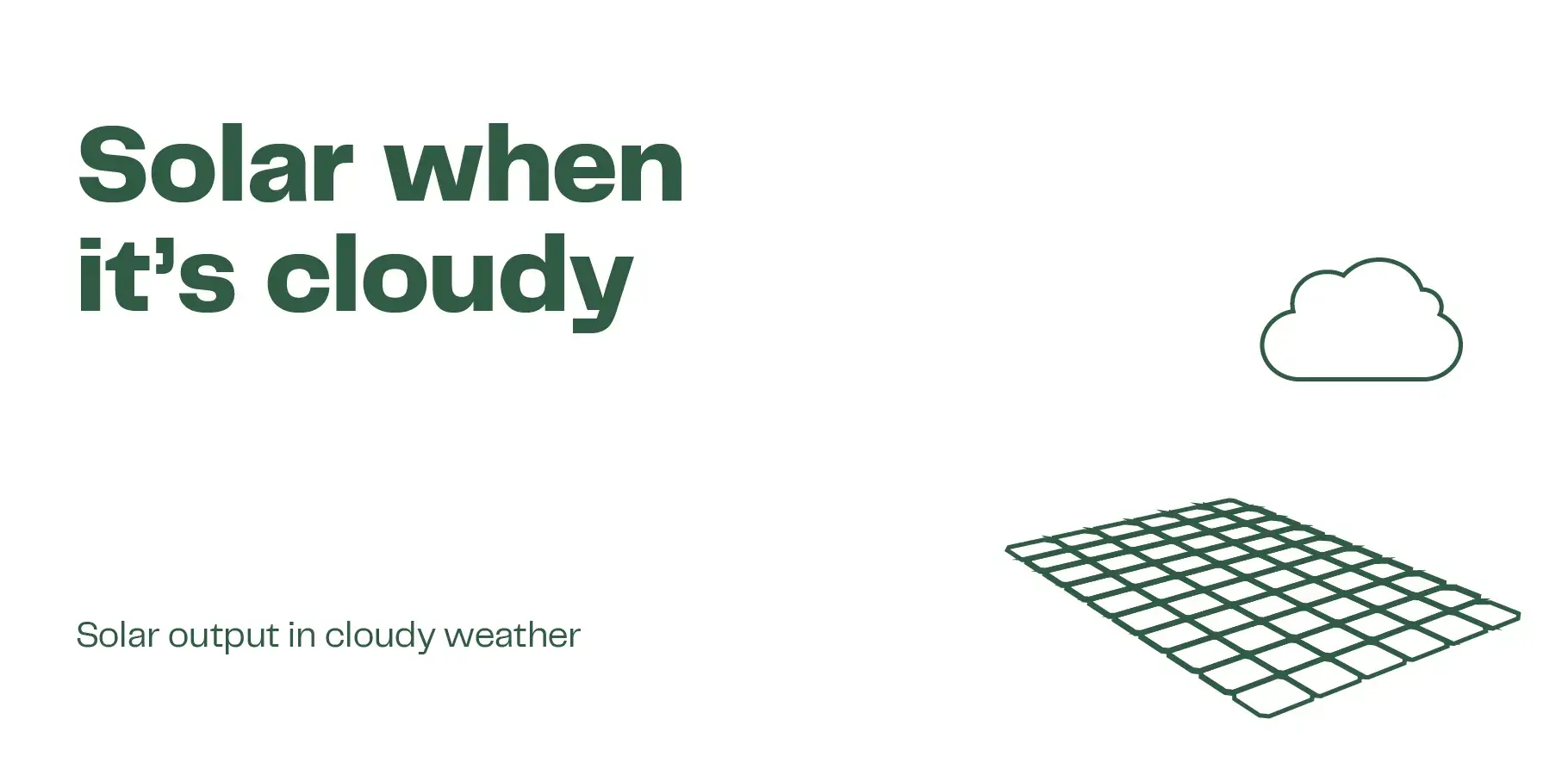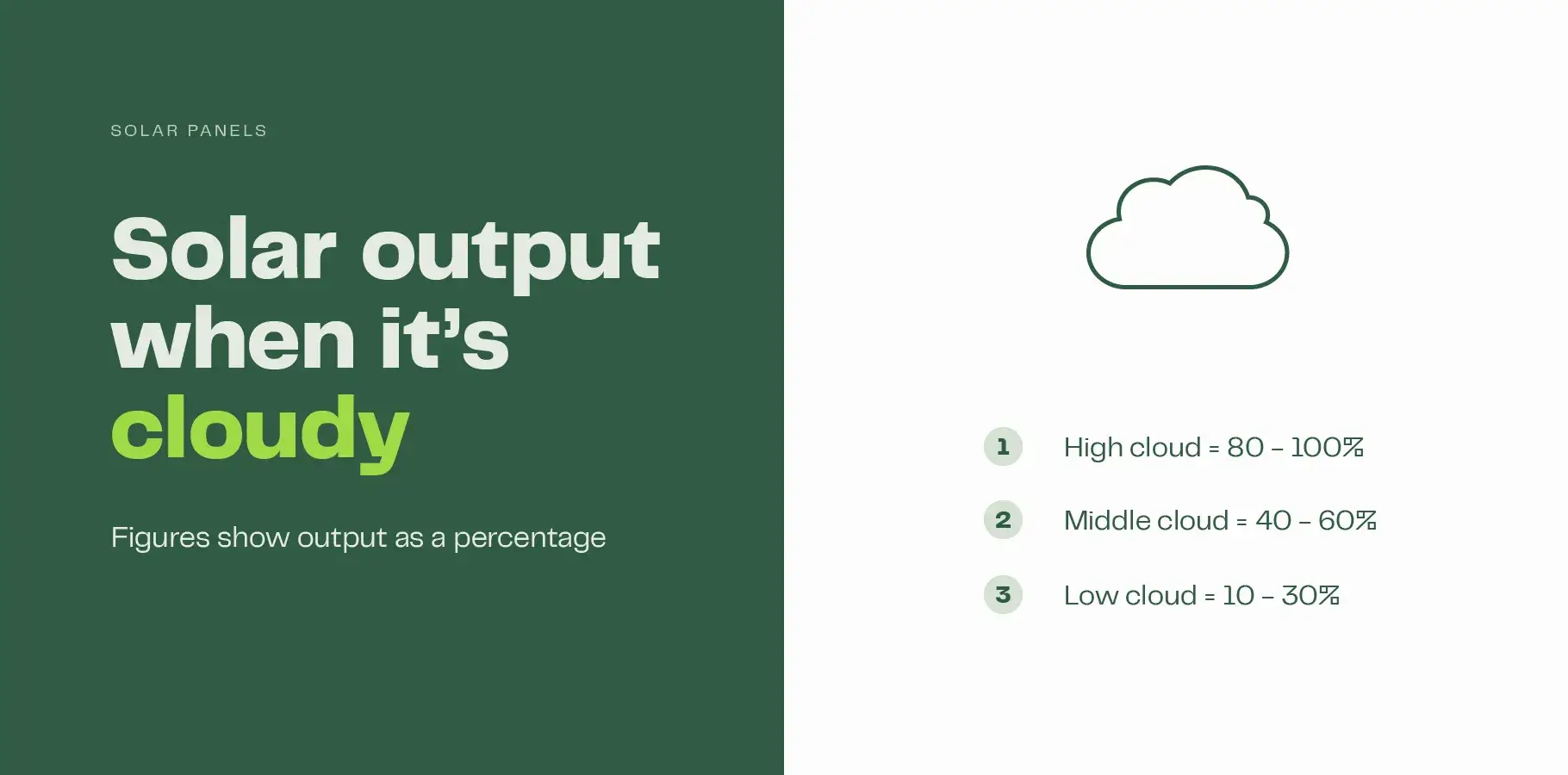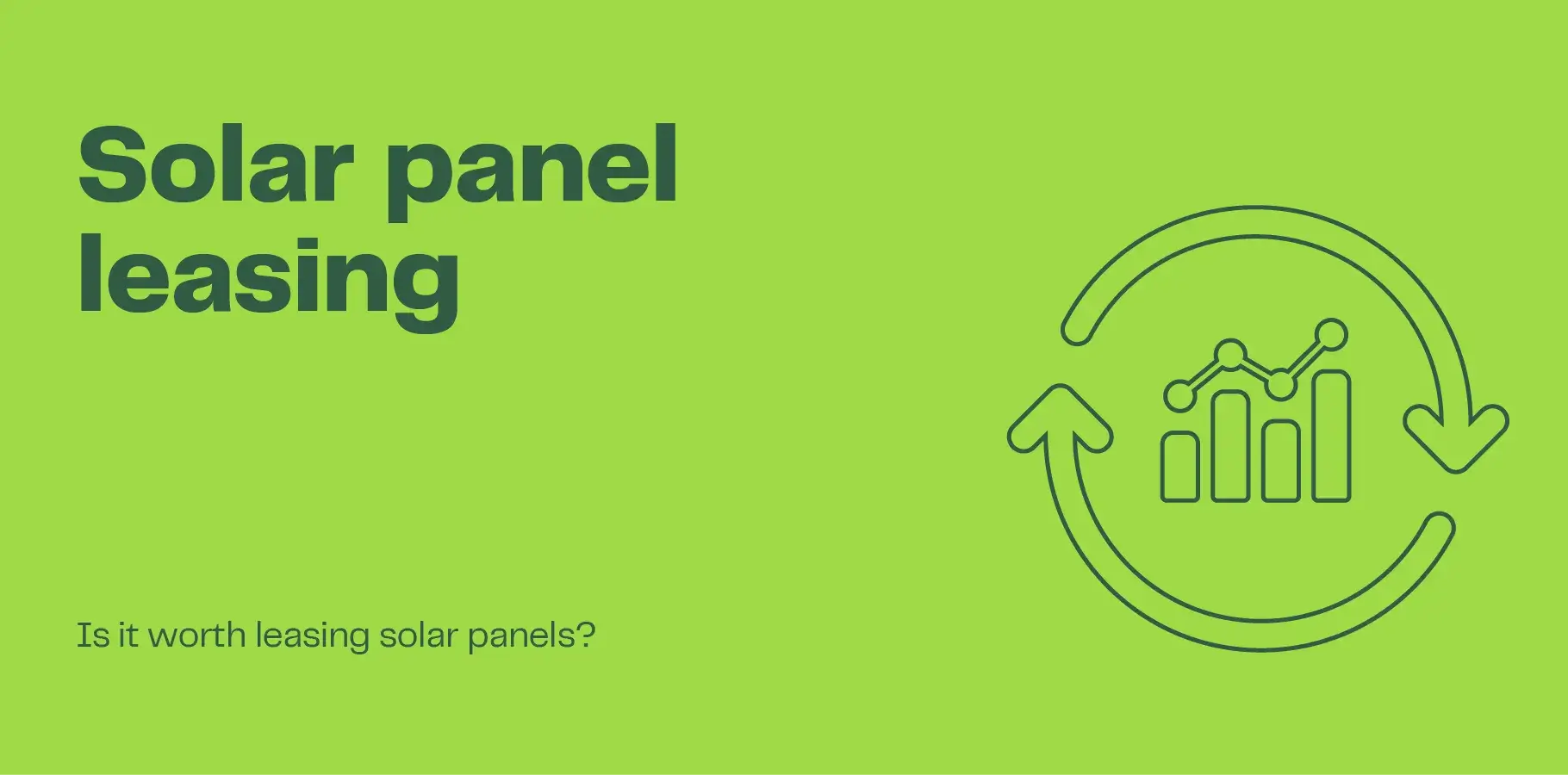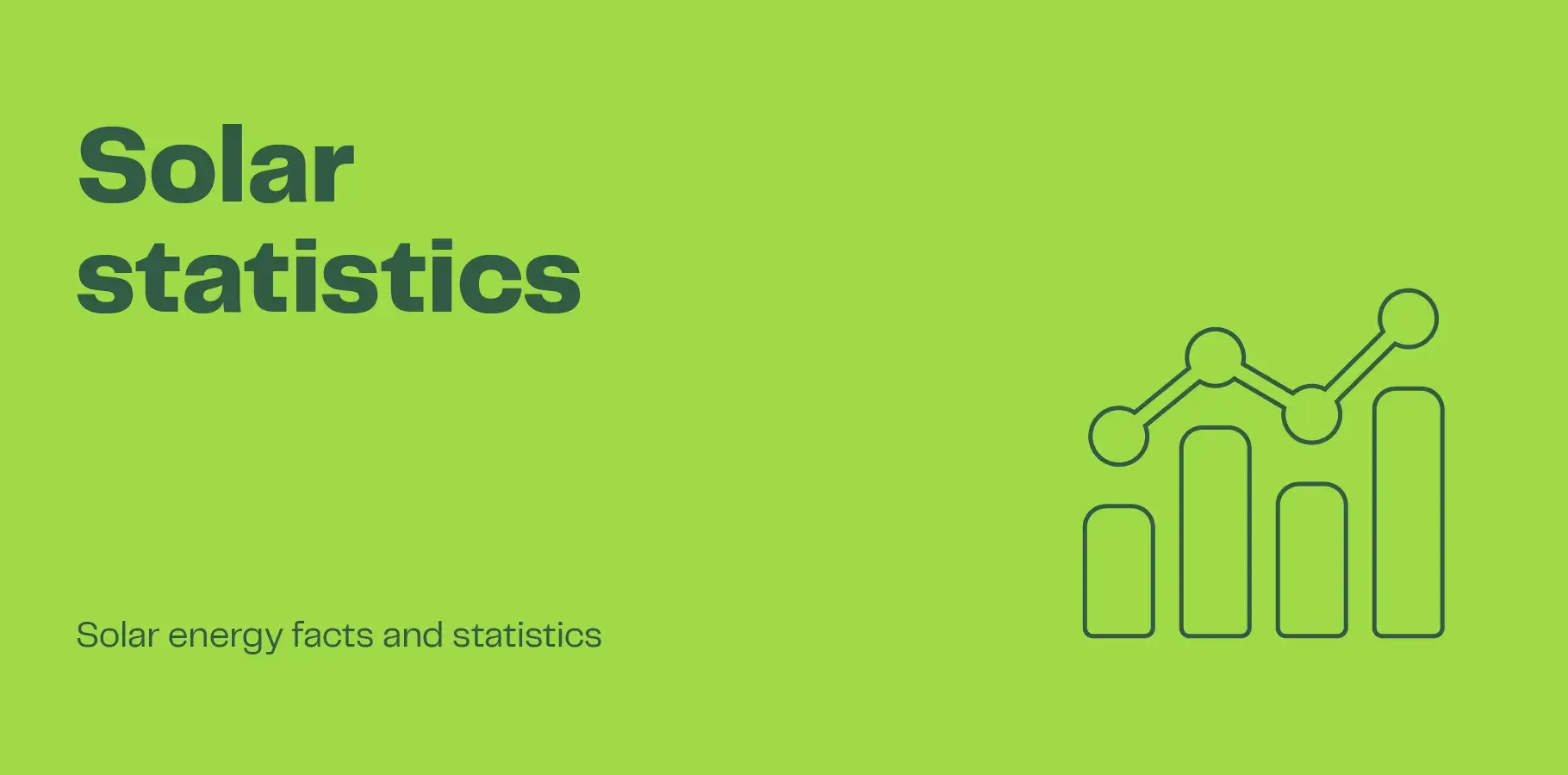Solar panels still work when it is cloudy
Reading time: 4 minutes
Yes, solar panels work on cloudy days. However, solar output typically decreases significantly in cloudy conditions. Determining the impact overcast conditions have on the output of solar panels is difficult; as there are many different types of clouds.

It is a long-maintained theory that solar panels can still produce between 10 – 25% of their rated output in cloudy conditions. However, this applies a very broad brush to a range of different cloudy conditions and does not account for the difference in weather conditions at different geographic locations.
In all likelihood, rooftop solar panels will produce more than 10 – 25% of their output in cloudy conditions, as this estimate relates to low-level cloud cover.
What are cloudy conditions?
The main difficulty in determining the effect of output due to cloudy weather is that there are all sorts of different cloud types. The Bureau of Meteorology has come up with a list of 10 main cloud type classifications:
Ten different cloud types:
| High cloud | Middle cloud | Low cloud |
|---|---|---|
| 1. Cirrostratus | 4. Nimbostratus | 7. Stratus |
| 2. Cirrus | 5. Altostratus | 8. Stratocumulus |
| 3.Cirrocumulus | 6. Altocumulus | 9. Cumulus |
| 10. Cumulonimbus |
So now we have a classification for the cloud types, but what effect does each have on solar output?
Studies on the effect of clouds on solar output

A study conducted by monitoring firm Solar Analytics on the effect of clouds on solar found diminished rates of output for different types of cloud. Using real-time monitoring of solar systems located in Adelaide, Brisbane, Melbourne and Sydney, the study concluded that different cloud levels decreased output at the following rates:
- High level cloud: Solar output largely unaffected
- Overcast conditions: 50% reduction in output
- Low-level dark cloud: Solar output reduces by 70 – 90%
The study is useful in that it shows the impact on production by high-level, overcast and low-level cloud cover, but it is hard to classify the clouds, and quantify the cloud density and strength.
Study concludes cloud cover impact is impossible to measure!
A study on the effect of cloudiness on the production of electricity by photovoltaic panels by the Tomas Bata University in Zlín in the Czech Republic found that ‘it is impossible to determine the effect of different types of clouds on electricity production of photovoltaic panels’.
The study, based on the 10 main cloud types, was able to distinguish between high, medium and low cloud cover but was unable to ‘determine the strength of cloud cover, type and density of clouds, which are in various heights’.
Analysis of cloud studies
The studies indicate that it is very difficult to definitively determine the impact clouds have on solar output. Though, the Solar Analytics study points to higher output figures than what has previously been considered the norm.
Self-monitoring
If you already have solar panels and a smart monitor, monitoring the output of your system in different cloud conditions is best way to assess the impact of cloudy weather on production. The data will be specific to your location and install, and far more accurate than any predictions.
Calculating solar exposure at your location
Our solar calculator uses historical data that measures global solar irradiance recorded at your location based on your roof direction and tilt. Global solar irradiance is the made up of both direct solar irradiance and diffuse solar irradiance.
The use of historical data means that our calculator computes the solar potential at your property in both sunny and cloudy conditions.
How solar panels generate power when it is cloudy
We know that solar panels work by converting sunlight into electricity, but how do they work when it is cloudy?
Diffuse solar exposure
Diffuse solar exposure is the energy that falls on a surface from all parts of the sky except for the direct beam of the sun (direct solar). It is the diffuse solar exposure that allows solar panels to generate electricity when it is cloudy.
Winter production
Solar panels work in winter, not only because there are sunshine hours, albeit less of them, but because solar panels still work when it is cloudy. However, solar output is reduced during the winter months.
Don’t let clouds put you off!
The upshot is solar panels work in cloudy conditions, albeit not as effectively. If you are deciding whether or not to invest in solar, you shouldn’t be put off by cloudy conditions in your location. Solar panels are a worthwhile investment in all locations in Australia.
Frequently Asked Questions
No FAQs found.
The latest from our blog
See all
Are you ready for the benefits of solar?
Get 3 free quotes and start your journey towards making the switch.
Get free quotes



